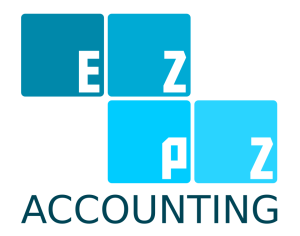What Are The Types of Bookkeeping?

Bookkeeping can be quite a daunting task, but it is no doubt an essential function for a business. But what exactly is bookkeeping? The terminology, the methods, there is so much to get your head around.
The word “bookkeeping” suggests that it’s about recording financial transactions in books. However, bookkeeping is more than just recording financial transactions.
So, what are the different types of bookkeeping?
An introduction to the different types of bookkeeping
Bookkeeping is the recording of financial transactions. The purpose of bookkeeping is to provide accurate financial information to management, investors, and tax authorities.
There are different types of bookkeeping, and each has its own advantages and disadvantages. The two most common types of bookkeeping are the single-entry and the double-entry systems.
Single-entry system
The single-entry bookkeeping system is an accounting term used to track and record the financial activities of an individual business. Basic bookkeeping is performed using two primary accounts: assets and liabilities.
An asset account is used to record the monetary value of a business such as cash, a building or a vehicle. A liability account is used to record financial obligations such as the cost of goods sold, accounts payable and wages payable.
The third bookkeeping entry is recorded using the revenue and expense accounts. Revenue accounts are used to record sales, and the expense accounts are used to record the cost of goods, payroll and other business costs.
Double-entry system
Bookkeepers record every transaction in a chronological order. For example, the date of the transaction is recorded and the account that is affected. However, the double-entry system records transactions in more depth. It not only records in a chronological order, but it also records all changes for each line item of the transaction. This system can be recorded manually or through the use of a computer program.
The double-entry bookkeeping system is a system used to keep track of all financial transactions.
There are two types of transactions: those which are asset based, and those which are liability based. An asset-based transaction is when the transaction increases the value of an asset.
The double-entry bookkeeping system involves using debits and credits to keep track of the increase or decrease in the values of the asset. A debit is the decrease of an asset and a credit is the increase of an asset.
A liability-based transaction is one that increases or decreases liability value. This is done in an identical manner to asset-based transactions.
Bookkeeping software
In this day and age, there are a number of software programs to help make managing business finances easier. This software commonly comes in packages so if you want to do payroll, accounting, inventory, and customer management, you can have that all in one business accounting software.
This can be especially important if you are running a business because even if it is a small business, there are a lot of things you need to account for. Tracking your income and expenses can be a bit of work.
Virtual bookkeeping
Virtual bookkeeping is the process of keeping track of your business finances through the use of accounting software that can be accessed remotely. Using this software, you are able to view your finances from anywhere you can gain internet access.
Depending on how much waste your business has, you may require more than one person to help keep track of your finances. But if you only have a few employees and do not have a lot of waste, you may be able to do this yourself.
Either way, virtual bookkeeping allows you to avoid hiring expensive accountants or bookkeeping services in favor of having your own online platform.
Whether your business uses single-entry, double-entry, or a virtual bookkeeper, it is important that you keep accurate records of your finances. This is so you can make important decisions that can mean the success, or failure, of your company.
